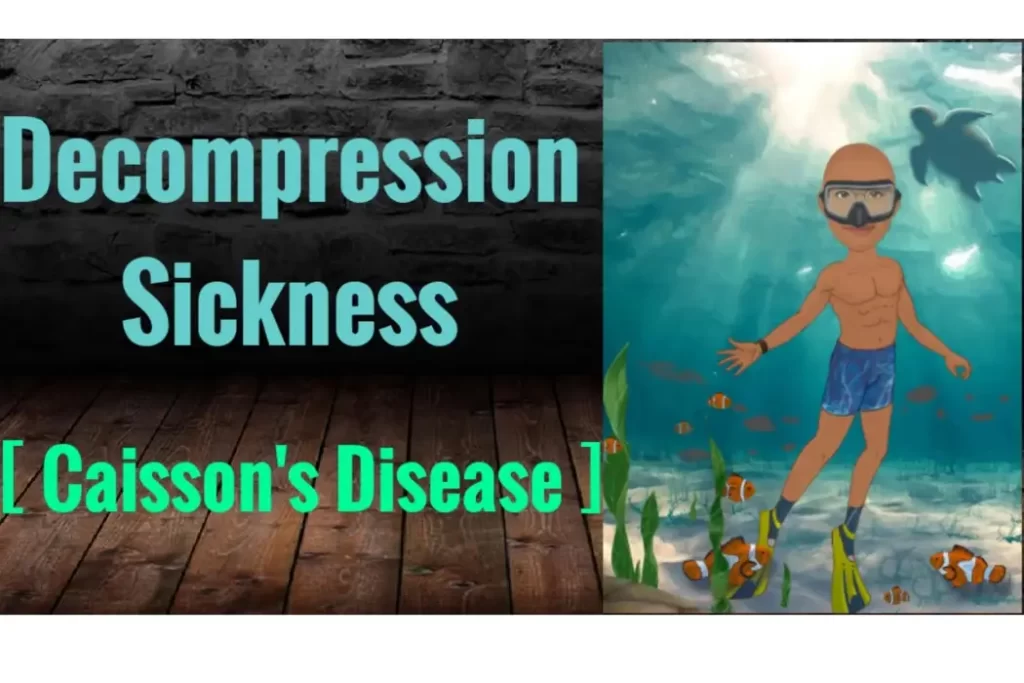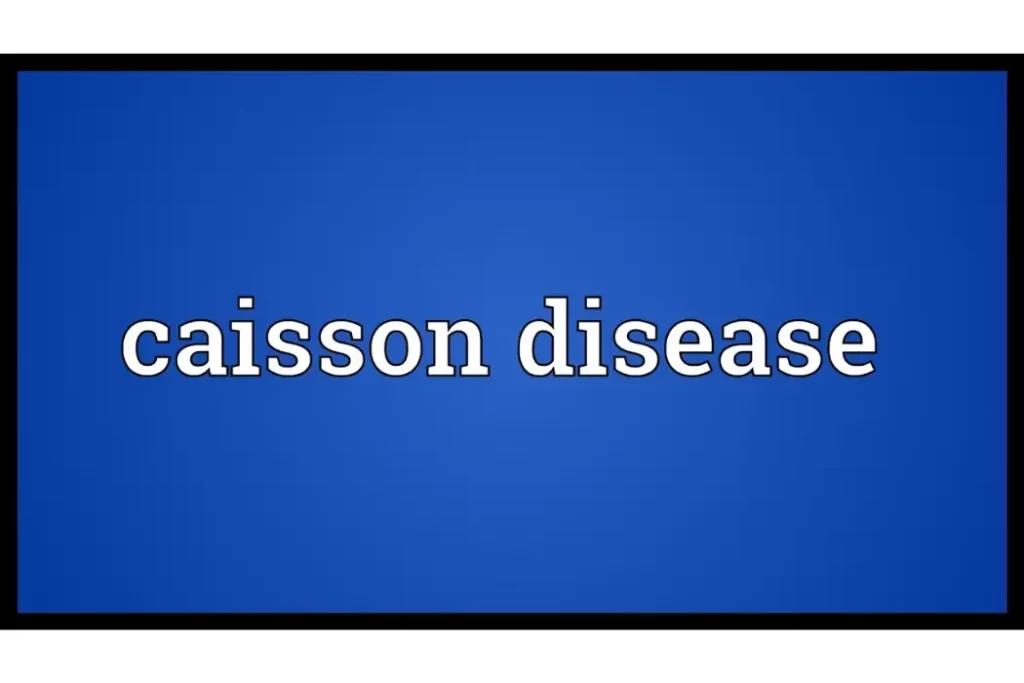Caisson disease, also known as decompression sickness or “the bends,” is a potentially serious condition that occurs when nitrogen bubbles form in the blood and tissues due to rapid changes in pressure. This condition can affect divers, underwater workers, and individuals exposed to high altitudes. Understanding the importance of managing Caisson Disease, individuals can find valuable treatment and recovery strategies through reliable sources of knowledge in the medical field. In this article, we will explore the treatment and recovery strategies for managing Caisson disease.
Understanding Caisson Disease
What is Caisson Disease?
Caisson disease is a condition that occurs when dissolved gases, primarily nitrogen, come out of the solution and form bubbles within the body during decompression. It commonly affects divers and workers who are exposed to high-pressure environments, such as caissons or compressed air tunnels. These bubbles can cause various symptoms, ranging from mild joint pain to severe neurological complications.
Causes of Caisson Disease
The primary cause of Caisson disease is the rapid reduction of environmental pressure, leading to the formation of nitrogen bubbles in the bloodstream and tissues. This can happen when divers ascend too quickly or when individuals experience rapid altitude changes without adequate decompression.
Risk Factors
Certain factors increase the risk of developing Caisson disease. These include:
- Inadequate decompression procedures
- Frequent and repetitive dives
- Extreme depths or altitudes
- Obesity and dehydration
- Smoking and alcohol consumption

Symptoms and Diagnosis
Common Symptoms
The symptoms of Caisson disease can vary depending on the severity and location of the nitrogen bubbles. Common signs include:
- Joint and muscle pain
- Fatigue and weakness
- Dizziness and lightheadedness
- Chest pain and shortness of breath
- Numbness or tingling sensations
- Skin rashes and itching
Diagnosing Caisson Disease
Diagnosing Caisson disease requires a thorough medical evaluation. Physicians will assess the individual’s diving or altitude exposure history and perform a physical examination. Additionally, imaging tests, such as X-rays and MRI scans, may be conducted to identify the presence and location of bubbles in the body.
Treatment Options
Hyperbaric Oxygen Therapy
Hyperbaric oxygen therapy (HBOT) is the primary treatment for Caisson disease. During HBOT, the patient breathes pure oxygen in a pressurized chamber, which helps reduce the size of the nitrogen bubbles and promotes their elimination from the body.
Medications
In some cases, medications may be prescribed to manage pain, inflammation, and other symptoms associated with Caisson disease. However, medications alone are not sufficient and are usually used in combination with other treatments.
Rest and Recovery
Rest and recovery are crucial components of the treatment plan. Patients are advised to avoid diving or exposure to high altitudes until they have fully recovered. Adequate rest allows the body to heal and eliminate residual nitrogen bubbles.
Rehabilitation and Recovery Strategies
Physical Therapy
Physical therapy plays a vital role in the rehabilitation process for individuals recovering from Caisson disease. It helps improve joint mobility, muscle strength, and overall flexibility, facilitating a faster recovery.
Psychological Support
The psychological impact of Caisson disease should not be underestimated. Some patients may experience anxiety or fear related to diving or high-pressure environments. Psychological support and counseling can aid in coping with these emotions and fears.
Lifestyle Changes
Individuals who have experienced Caisson disease are often advised to make certain lifestyle changes. These may include adopting a healthier diet, maintaining proper hydration, and avoiding habits like smoking and excessive alcohol consumption.
Prevention of Caisson Disease
Safety Precautions
Preventing Caisson disease begins with taking safety precautions during diving or high-altitude activities. Following proper decompression procedures and using reliable equipment can significantly reduce the risk.
Training and Education
Proper training and education are essential for individuals engaging in diving or working in high-pressure environments. Understanding the risks and knowing how to respond in case of emergencies can help prevent Caisson disease.
Conclusion
Caisson disease is a serious condition that requires prompt and appropriate treatment. Hyperbaric oxygen therapy, along with rest, medication, and rehabilitation, is key to managing this condition effectively. Additionally, adopting preventive measures and following safety guidelines can reduce the risk of developing Caisson disease. Remember, seeking medical attention at the first sign of symptoms is crucial for a successful recovery.
FAQs for Caisson disease
Is Caisson disease only a concern for divers?
No, Caisson disease can also affect individuals exposed to high altitudes, such as airplane pilots and mountain climbers.
How long does it take to recover from Caisson disease?
The recovery period can vary depending on the severity of the condition and the individual’s response to treatment. Some may recover within a few days, while others may take weeks or even longer.
Can Caisson disease recur after recovery?
Yes, there is a possibility of recurrence if proper safety measures are not followed during future dives or high-altitude activities.
Are there any long-term effects of Caisson disease?
In severe cases, Caisson disease can lead to permanent neurological damage, but with appropriate treatment and care, the risk of long-term effects is minimized.
Can children be affected by Caisson disease?
Yes, Caisson disease can affect individuals of all ages, including children, if they engage in diving or high-pressure activities.


